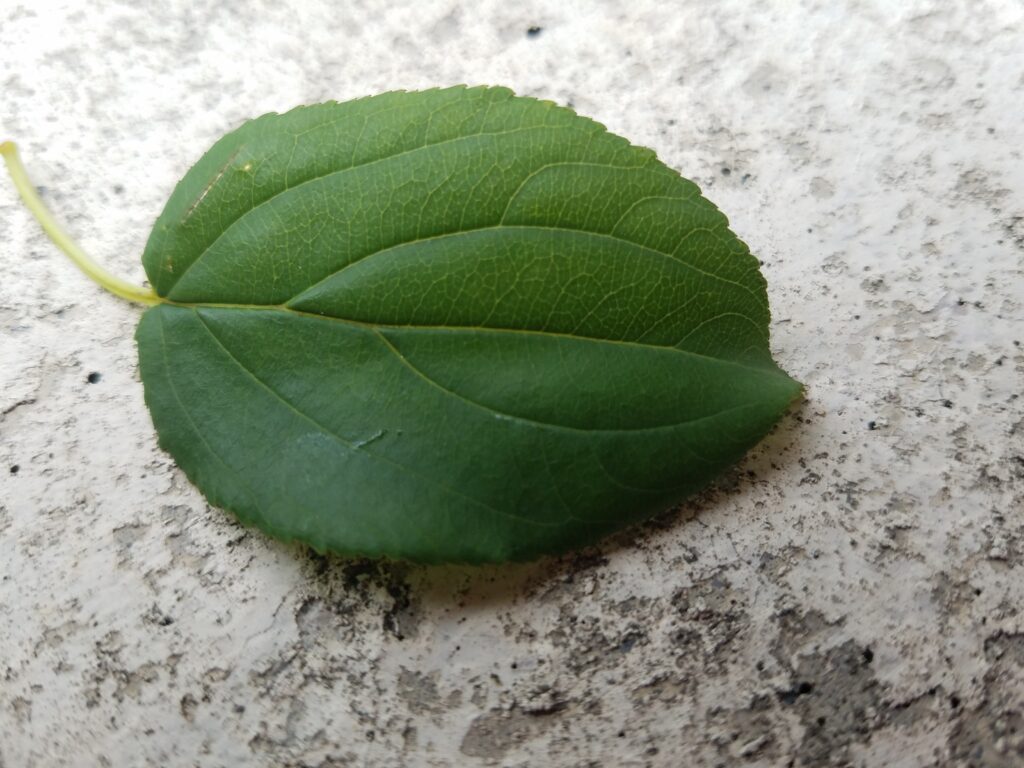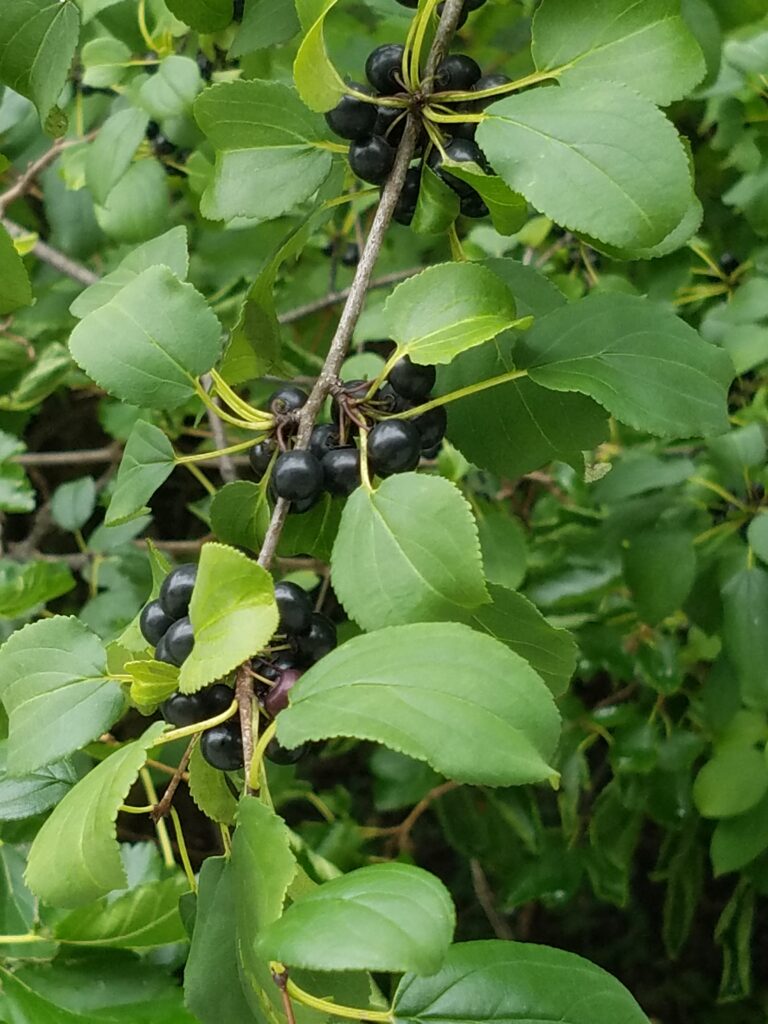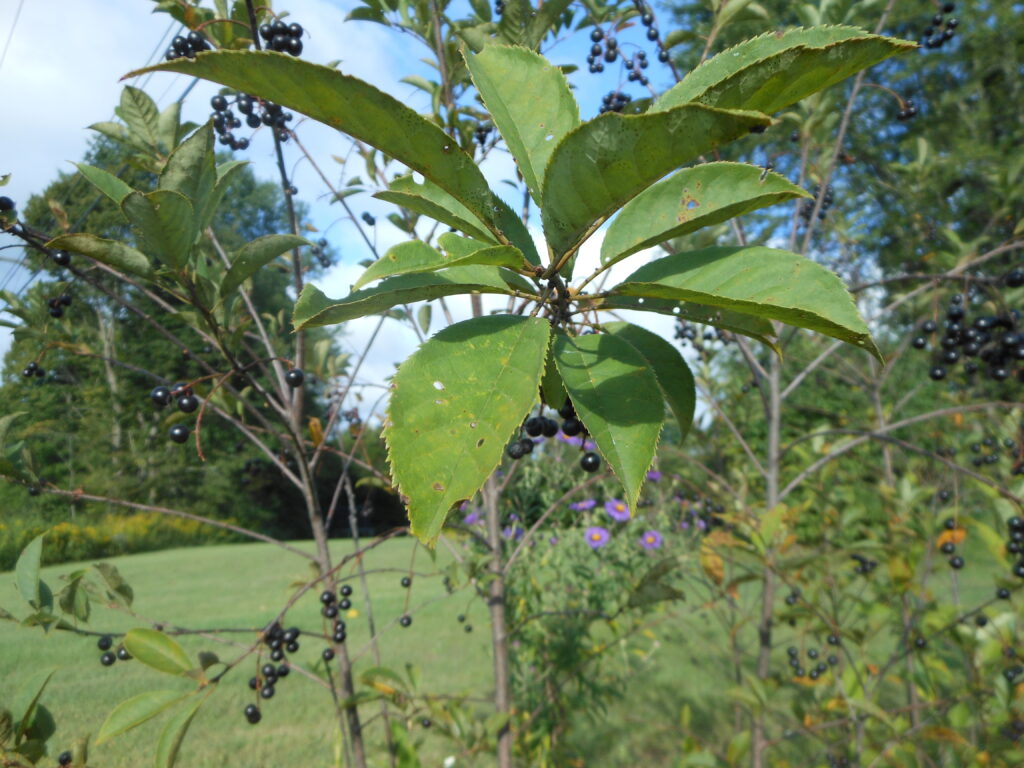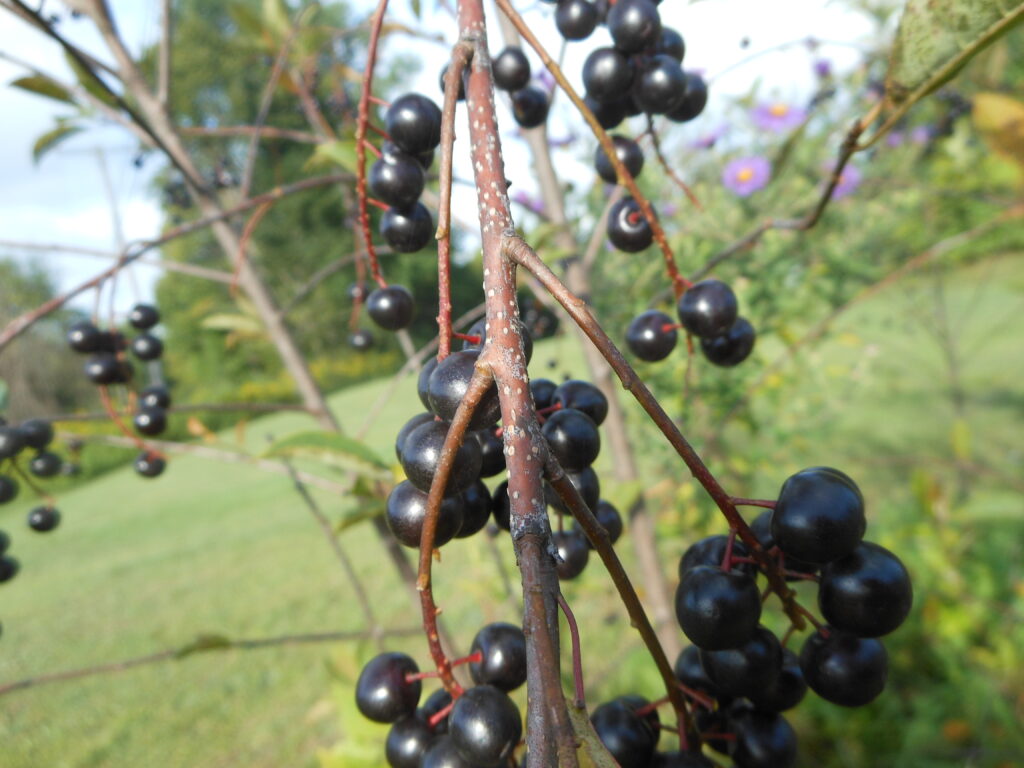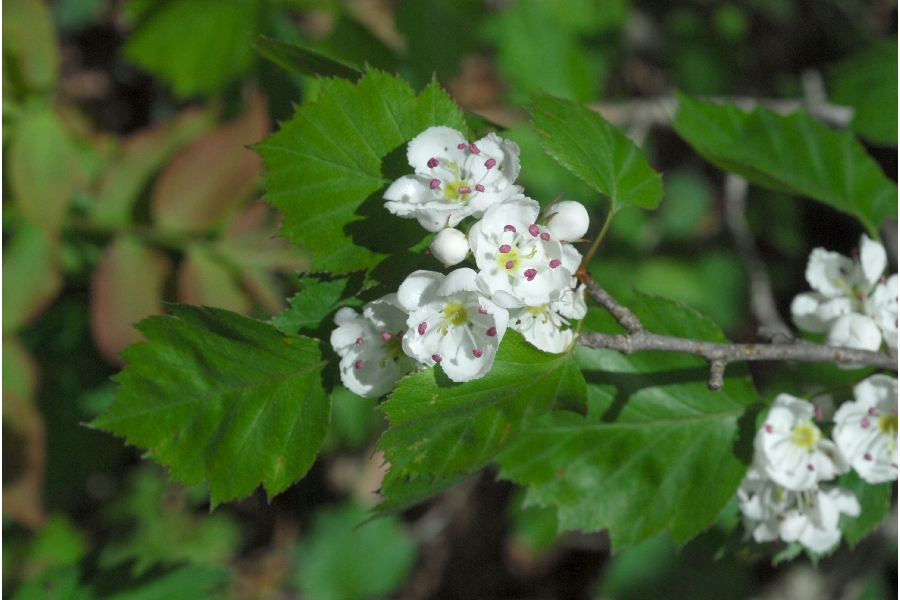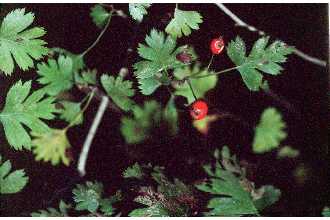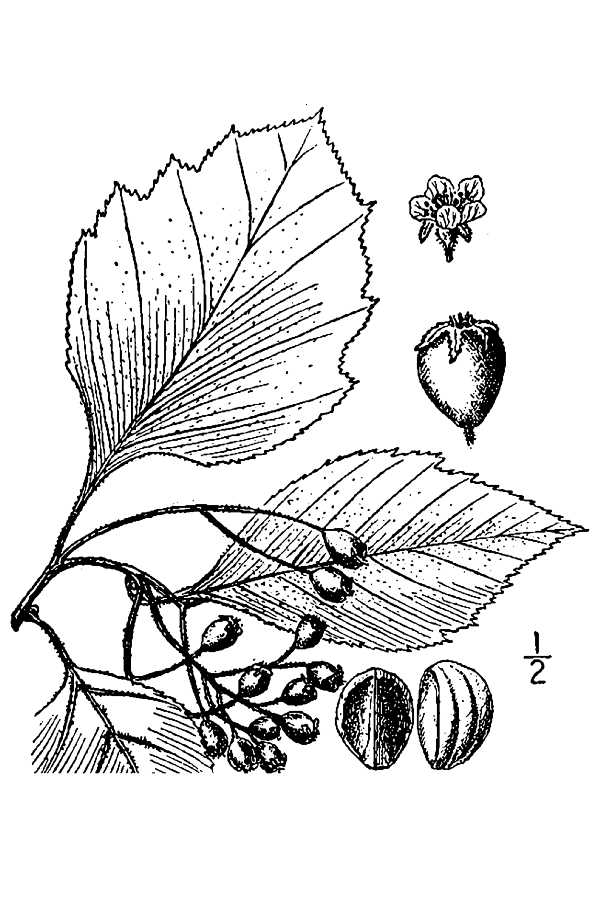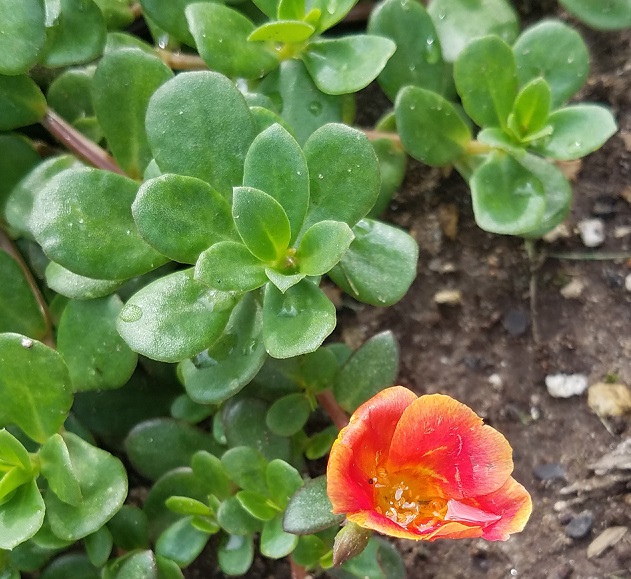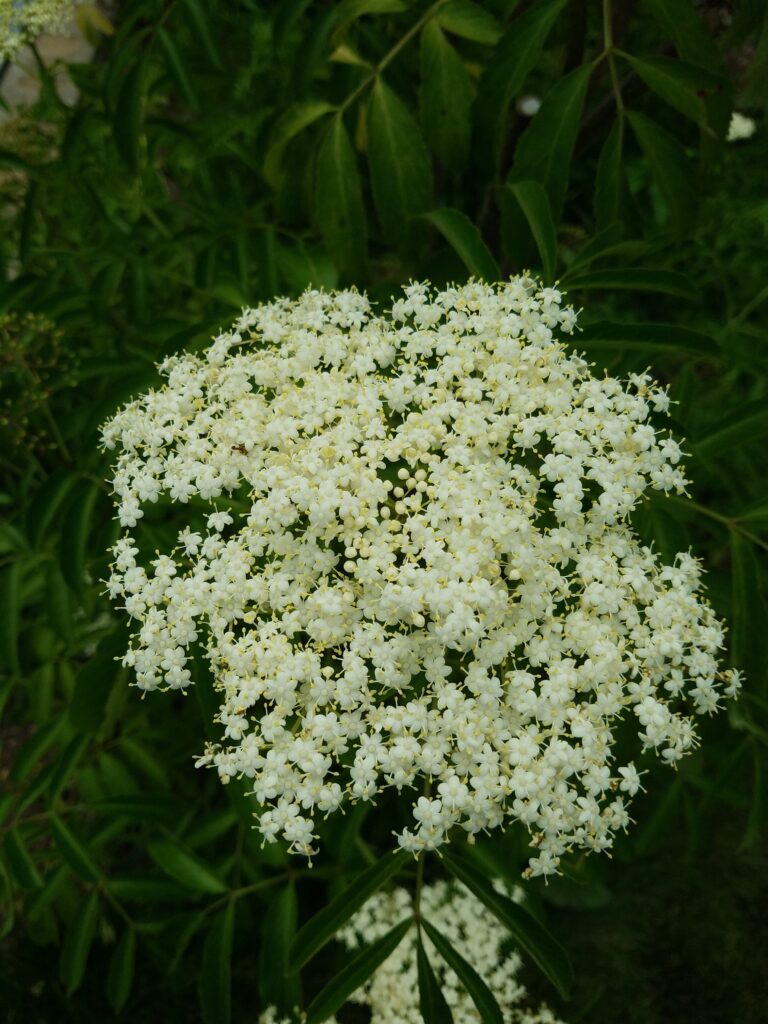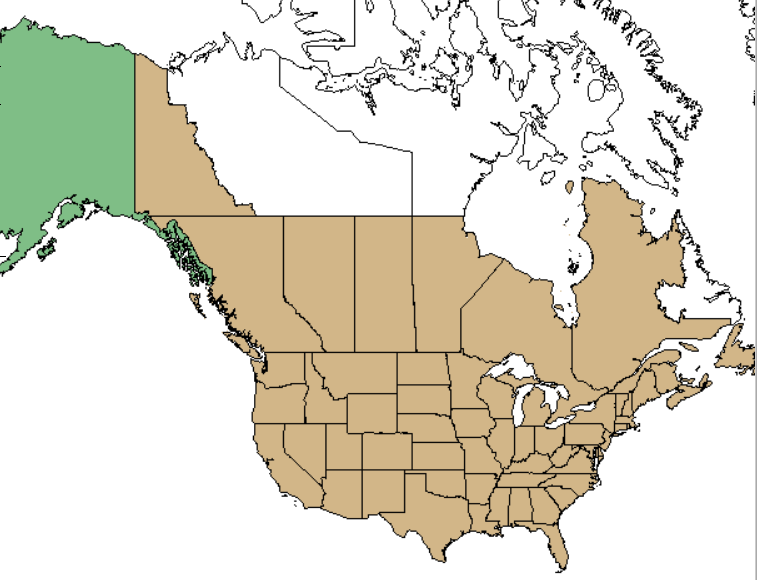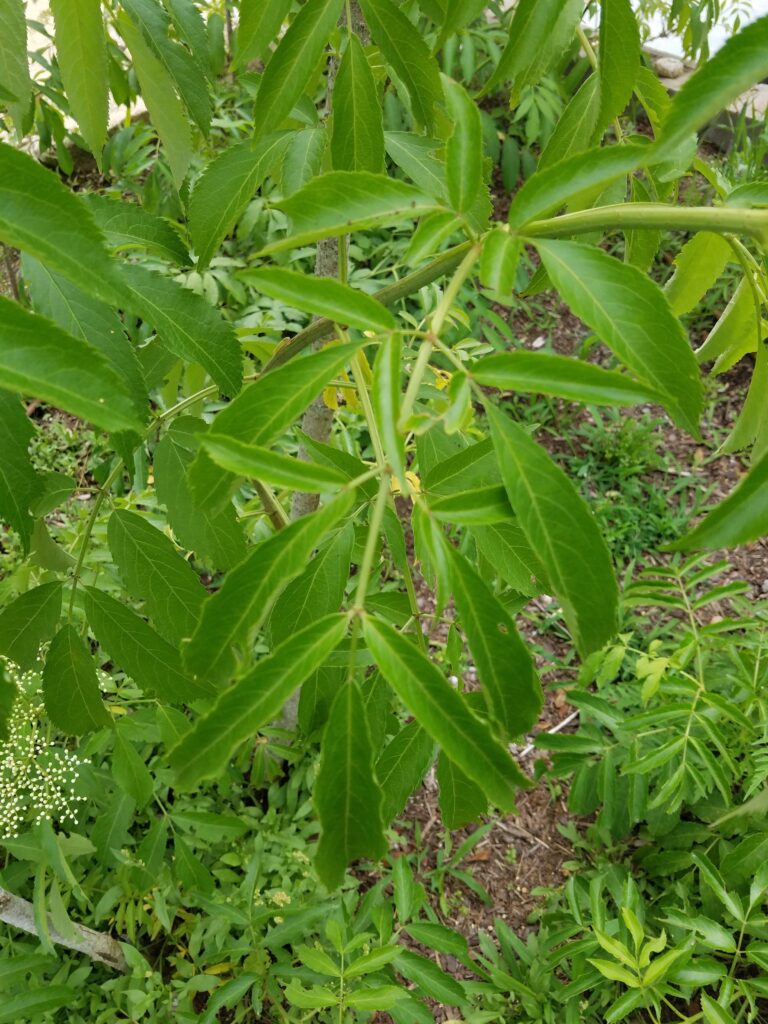Becoming a Forager
Becoming a Forager, it’s the words that bring out the five-year-old in me… A hazy faraway scene, maybe out in the plains, majestic snow-capped mountains – their peaks hidden by clouds frame the horizon, on nearby foothills, mammoths in the mist stalked by dire wolves. In the fore ground women and children, our ancestors, dig sunchoke roots and pick berries. Nearby men with spears in hand stand ever vigilant. Returning hunters, animal skin quivers slung across their backs approach. They carry turkey and boar. In a nearby river clearing, smoldering fires, flames dancing in the breeze tended by elders await the feast to come.
Ok, back to adulthood.
Foraging, as defined by Cambridge dictionary, is “To go from place to place searching for things you can eat or use”.
Based on that definition, everyone engages in foraging. Think of the things found while out and about: an empty flowerpot on the side of the road, “free” pallets put out by a business, ripe blackberries alongside your favorite hiking trail or maybe freshly fallen walnuts you gather every autumn while on a walk. It is not complicated; foraging can be a simple afternoon stroll, or a deliberate endeavor designed to secure food or supplies for an extended period.
Foraging for Edibles
Let’s talk wild edibles. All geographic regions have possibilities. Abundance is all around if you know what to look for. Before beginning, reach out to your state’s Department of Natural Resources to first, understand if foraging is legal and second, what can be legally foraged. If the answer to the first is yes, then take stock of plants you already know and can identify that are legal. Do not skip the easy finds or the no-brainers. Where I live there are abandoned orchards of apple trees, butternut, elderberry, mulberry, besides wild dandelion and broadleaf plantain – the list goes on. Make sure all plants you can think of are listed. Don’t overlook outliers like oaks and maples. Their seeds can be eaten or turned into flour with a bit of effort. Walk about, find them, take pictures in various growth stages – sprouting, early growth, blooming, etc. Become familiar with the multitude of characteristics of each plant, from leaves to bark, stems, flowers and fruit.
Learning to Forage Edibles
Next, build your knowledge base. Commit to learning at least five new plants each month (60 plants per year). Don’t shy away from learning about poisonous plants, it is good to know and be able to identify what not to eat. Start a forager library – buy a field guide or two. Make sure the guide covers your region and has clear concise pictures. A good guide will include “look-alike” plants that are either not edible or downright poisonous and a good guide will describe the difference between “the good, the bad and the ugly”.
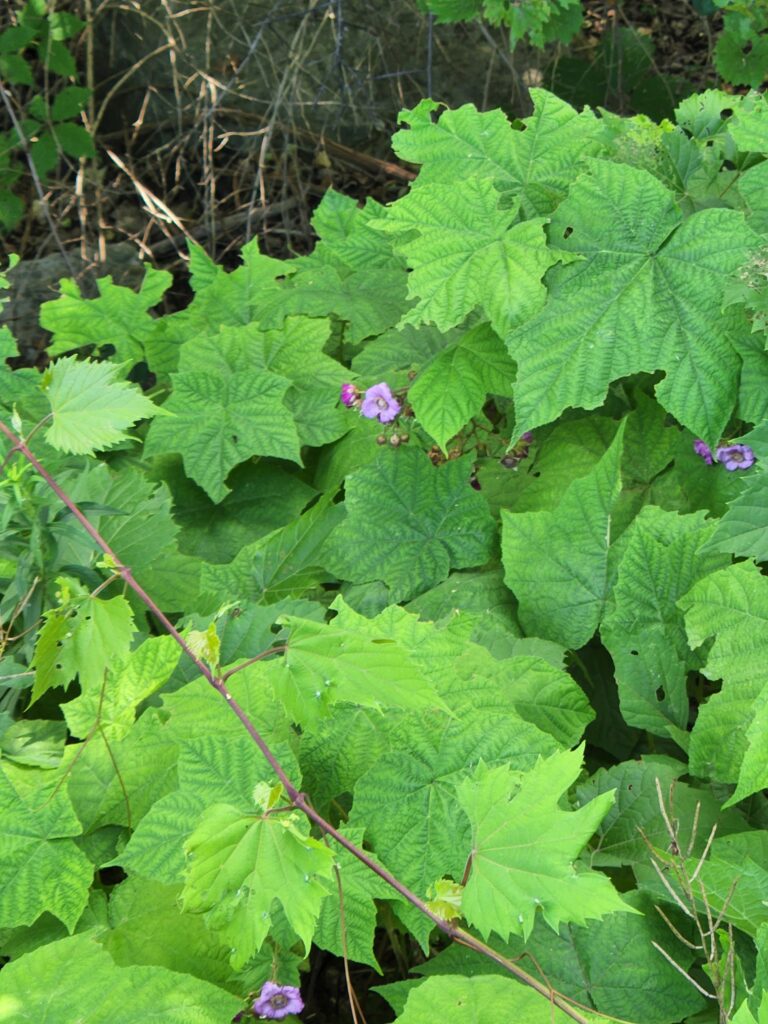
Interact with like-minded people, go to a local garden club. Ask if anyone is versed in wild edibles and if so, are they willing to teach what they know. Look into social media, there are many foraging groups out there. Find one or two that have daily activity and join – avoid any groups that “harbor” bullies. Log on daily and read the activity and scroll through the pictures the group members share. Don’t shy away from asking questions, many members are more than happy to be “guides and mentors”. Look online for foraging classes you can sign-up for. They can be costly but a good class may prove invaluable. As you are learning and meeting people, build your own group with the new people you meet.
Get out and scout, take walks (they are healthy). Use what you know and have learned, go “afield”. When you find some edibles, takes pictures, jot down where you found them and then, harvest and take them home. Try them out raw and cooked. Do you like how they taste? If so great – you have found a “new” food source.
Don’t shy away from plants you don’t not know or are unsure of. Instead, take pictures, jot down their location, what the habitat is they are growing in, their size and any other attributes (leaves, stems, bark and fruits) that stand out. Show the pictures and notes to people in your foraging circle. What do they think? Can they hazard a guess or definite identification? APP’s like iNaturalist are fantastic (don’t forget about your social media groups), just upload pictures and any identifying facts you noticed. There are thousands of people that can help identify most any plant – edible or poisonous. Once identified, add your pictures and notes to your database so the next time you are afield you know you have an edible to harvest or a plant to avoid.
If you end up enjoying the forager lifestyle, you are following in the steps of your ancestors!! While becoming a forager just think, by adding natures bounty to your pantry your food bill will shrink, the food will be natural without being “highly processed” and filled with chemicals and preservatives.
